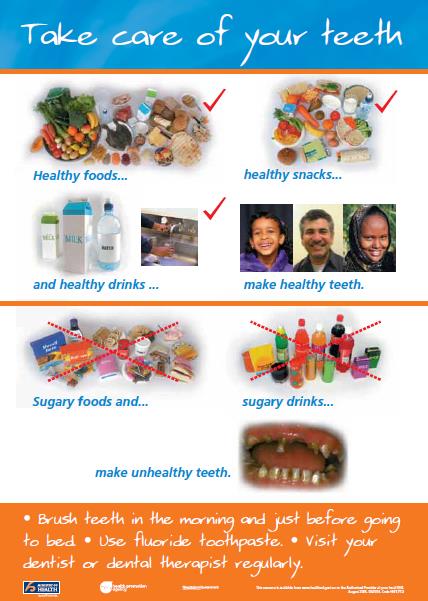The main gum conditions are:
- gingivitis – inflammation of your gums at the surface
- periodontitis – gum disease with changes to bone that are not obvious on the surface
- gum recession – when your gums recede so your teeth look longer which might not be unhealthy.
Gum conditions can be acute (short term) and chronic (long term). Chronic gum conditions may develop slowly over many years and you may not notice any problems until you are in your 30s or 40s. Acute gum conditions may occur from your teenage years.
Men are more likely to develop gum conditions than women, except for women who are pregnant. Bleeding swollen gums are common during pregnancy due to increased dental plaque.
The key to preventing gum conditions developing is to care for your teeth and gums every day, avoid smoking and if you have diabetes, make sure it's well controlled.
 Image credit: Canva
Image credit: Canva








